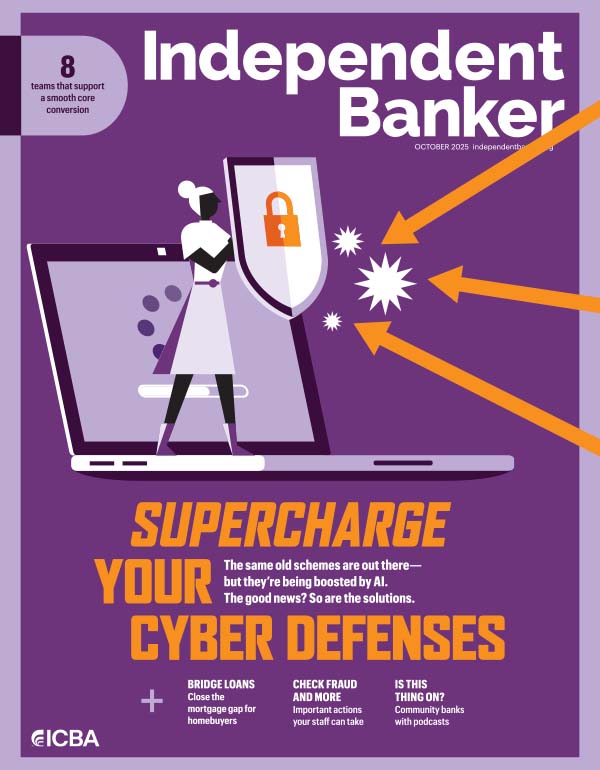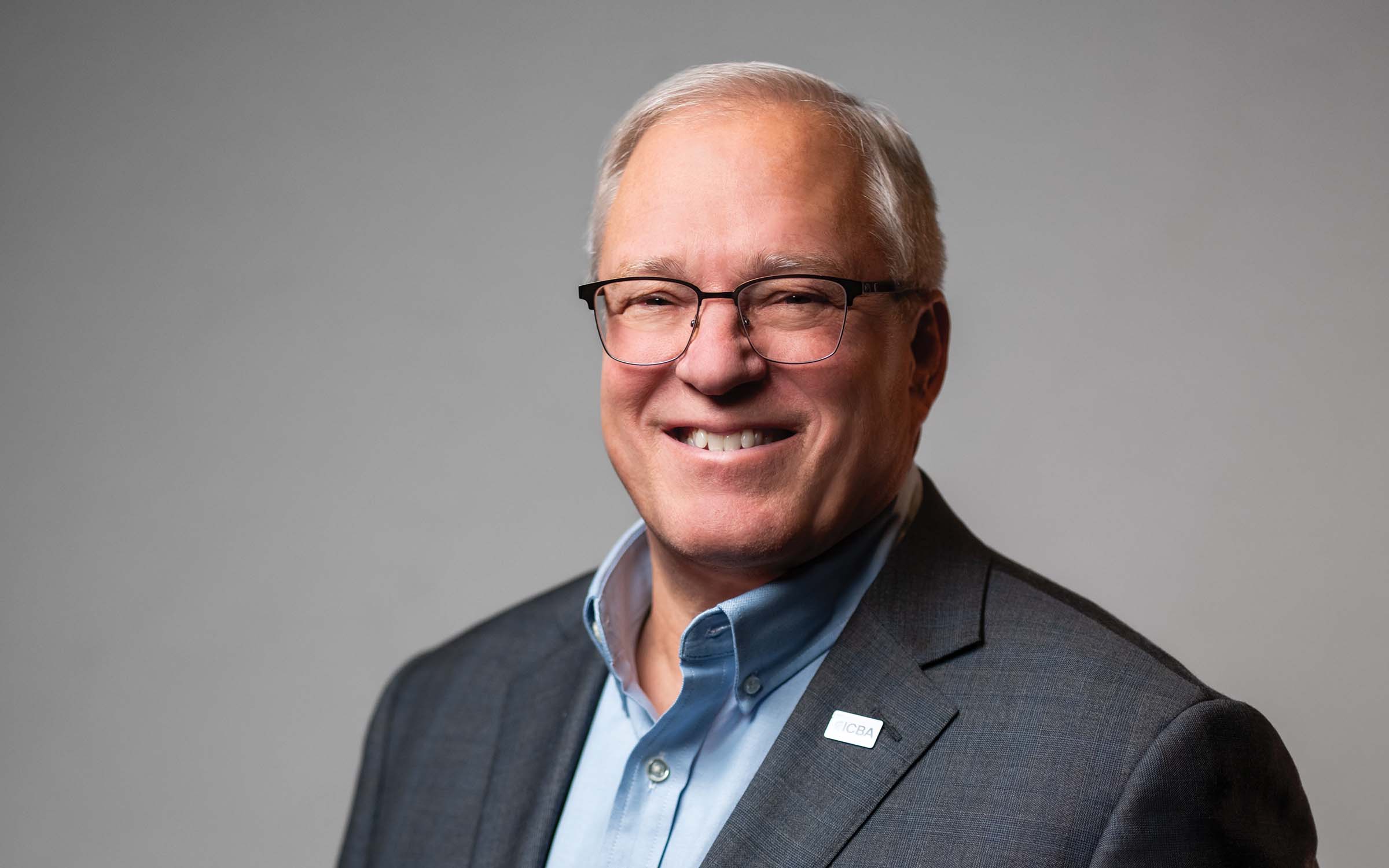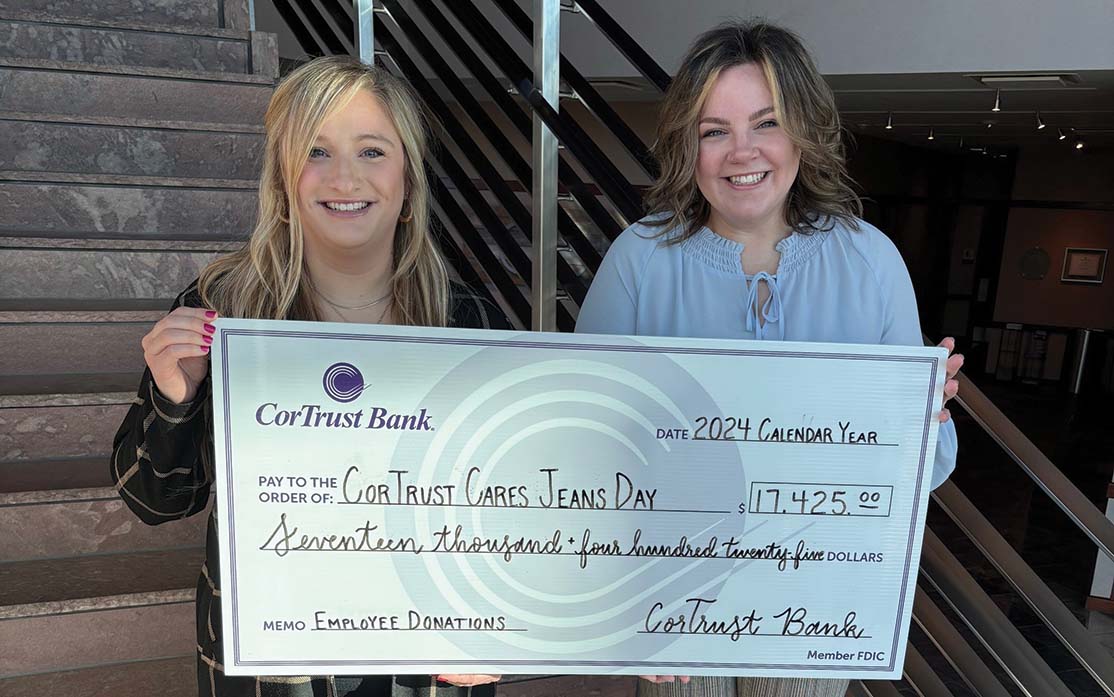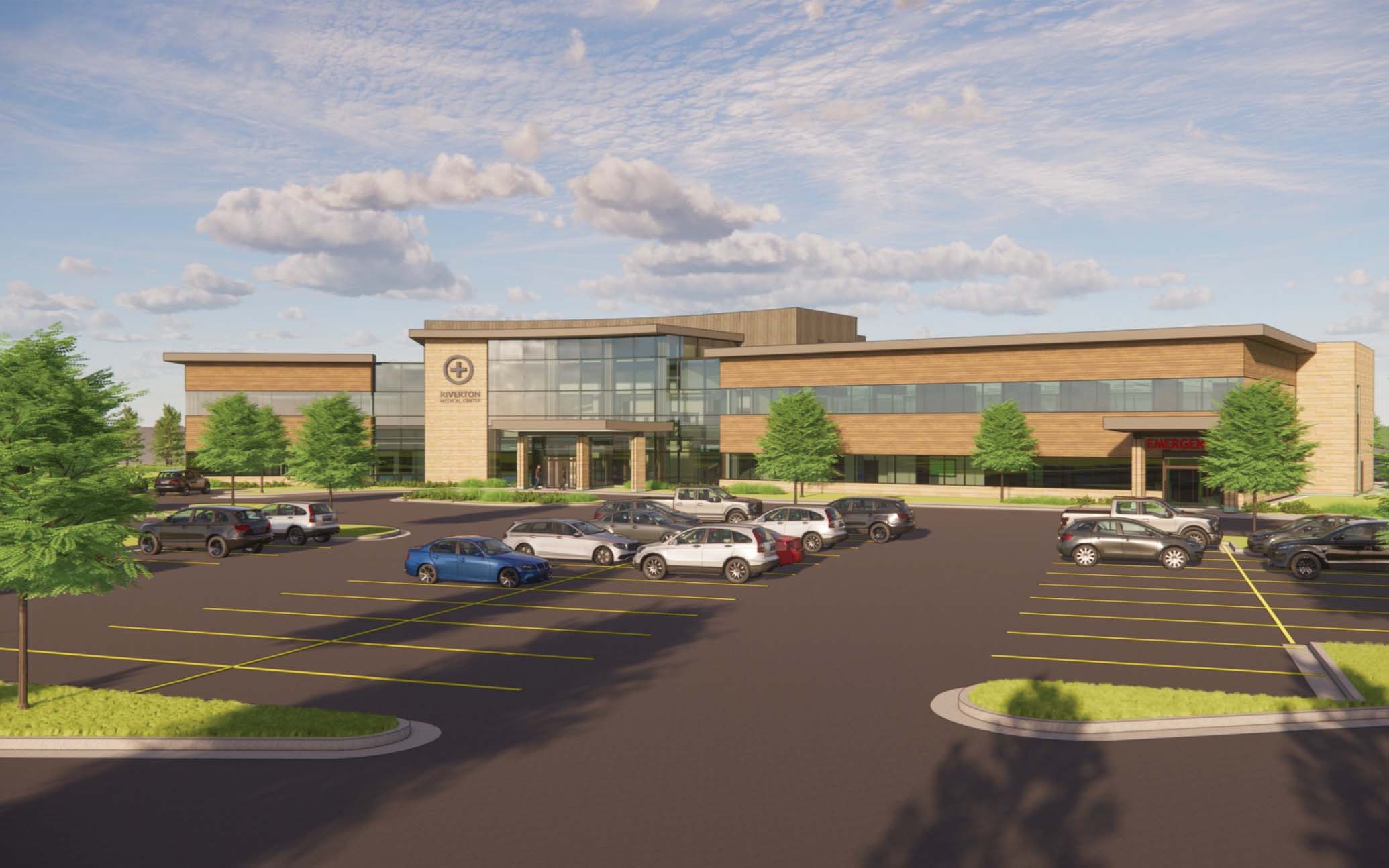COVID accelerated the digital banking landscape, and as a result, community banks have embraced front-facing technology that’s user-friendly for our small business customers, offering a better experience. From remote deposit capture and digital banking to electronic payments, we’re seeing much higher adoption of technological products because they meet the needs of today’s customers. Once our small business customers realize these products increase their efficiency, saving staff time and money, they get on board.
That comes as no surprise, as the world has become digital first. Even the most reticent of our small business customers now see the advantages of embracing digital banking technology. They’ve talked to their peers and heard about solutions that can simplify their experience, and we have told them that we can make things more effective and efficient for them. And that’s when they decide to make the leap.
It takes more than a slick product to get small businesses and mom-and-pop shops to digitize their banking: It takes them trusting their banker. Thankfully, we are in the business of communities—of people—and we make sure that when we recommend digital products, there’s a face behind them. In other words, there’s a friendly banker to guide them.
Community banking remains centered on those personal communications. Our teams get out and talk to our small business customers, build relationships with them and make recommendations not because we have a new solution but because we know it will truly serve their business. It’s about going that extra mile to ensure the product meets the customer’s needs.
Our customers see that difference. Our small businesses like that we have an interest in what they do and see us as partners. They appreciate that we’re taking the time to help them become more efficient and protect them from new threats.
The future of small business banking has a hefty digital component, so as we continue to advance our offerings, the future leaders of our banks need to be poised and ready for what’s next.
Fortunately, ICBA programs, such as the upcoming LEAD FWD Summit (icba.org/leadfwd) taking place Sept. 8–9 in Bloomington, Minnesota, support us in growing our staff and cultivating them for the future of small business banking and beyond.
While the financial services landscape continues to grow and evolve, community banks remain at its heart. By embracing our forward-looking, high-tech, high-touch relationships, we will ensure not only our own success but also that of the small businesses we serve.
My top 3
Community bank small business stats
One in three U.S. counties rely on community banks for access to financial services.
We provide 60% of all U.S. small business loans.
We offer 80% of the banking industry’s agricultural loans.






